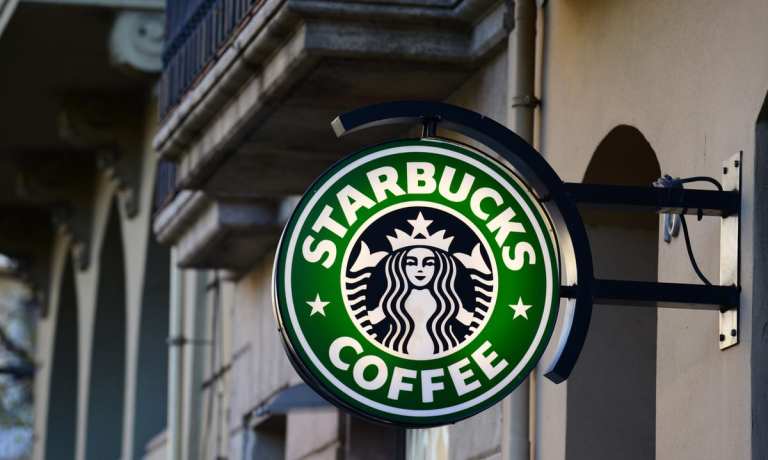
This month, Starbucks celebrates its 50th anniversary. In the time since the quick-service restaurant (QSR) chain’s founding, the company has been a leader in the space, at the forefront of many of the innovations that we take for granted today. In the last decade especially, the chain has shown time and again its prescience in adopting new technologies and its savviness in creating a seamless digital experience.
Mobile Wallet-Integrated Loyalty Rewards
Starbucks has stood out among QSRs as a digital leader with its pioneering mobile app. The company built mobile wallet payments at the point of sale into the app, which had a number of benefits for the chain. For one, rolling out this initiative during the pandemic showcased contact-free options to contagion-conscious consumers while enabling more seamless transactions. For another, this allowed the chain to integrate mobile wallet payments into the in-app loyalty program, making loyalty points easier to accumulate and, accordingly, incentivizing participation in the rewards program.
In-App Order-Ahead
The firm was also a mobile order-ahead pioneer. The chain began pilot testing pre-ordering back in 2014, when the concept still required explanation, and when the feature’s very existence made headlines industry-wide. Now, the ordering method is a staple for most major QSR chains. In addition to minimizing time spent in store during the pandemic, the feature also meets consumers’ expectations for convenience and immediacy. Even then, the feature was in high demand, evidenced by its move from pilot test to nationwide rollout in record time.
“Bringing Mobile Order and Pay to our customers is about meeting their needs of convenience and customization at any time of the day,” Adam Brotman, then chief digital officer, said in announcing the feature’s nationwide rollout. “The fact that it also represents the fastest technology application rollout we have ever done is indicative of the strength of our digital ecosystem, how well it has been received by both our customers and store partners and the impact we think it can have on the future of retail.”
Closed-Loop Commerce
While closed-loop commerce is not unique to Starbucks, the chain popularized the model in the QSR space. Since 2011, Starbucks has owned the entire payment process for a huge share of its customers, controlling all in-account transactions and consequently saving the chain from the micropayments and data sharing associated with outsourcing these transactions.
For many years, the chain incentivized consumers to opt into this closed loop by making prepaid Starbucks cards the only payment option that could accumulate rewards. Even now, as the chain has expanded its rewards program to a wider range of payment options, it incentivizes prepaid Starbucks cards by offering double the rewards for these cards’ transactions.
The Third Place
Starbucks positions its stores as a place for connection. With this ethos comes a set of practices across all locations to establish Starbucks as a “third place environment,” a concept drawn from sociology. The third place, per sociologist Ray Oldenburg’s original definition, is an environment that will “host the regular, voluntary, informal, and happily anticipated gatherings of individuals beyond the realms of home and work.”
“We think of the third place as a mindset — a feeling of comfort that uplifts customers everywhere, and in every way, they experience Starbucks,” Starbucks CEO Kevin Johnson once explained. “And the third place has never been more relevant than now, as communities seek to reconnect and heal.”
Pickup-Only Storefronts
Starbucks was early to the pickup-only game, offering a “first-of-its-kind” mobile order-ahead pickup location back in November of 2019, well before the pandemic made pickup- and delivery-only eateries a far more familiar concept for the average consumer.
“Our customers who are on-the-go have told us that connection and convenience are important to them,” Starbucks Vice President of Urban Markets Katie Young said in the announcement. “By designing a store specifically for the mobile order occasion, we can deliver both for these customers using the store’s design, location and the expertise of our baristas.”
Though the chain’s sales have struggled in the last year, the company remains a rapid innovator and a top-ranking digital leader. In the near future, per a company announcement, the chain intends to focus on creating communal spaces on one hand, and on the other offering speedy and convenient “experiences that effortlessly fit [the consumer’s] lifestyle,” as well as pushing out a range of environmentally focused initiatives. The company expects steady growth over the next several years, expanding to 55,000 stores by 2030.